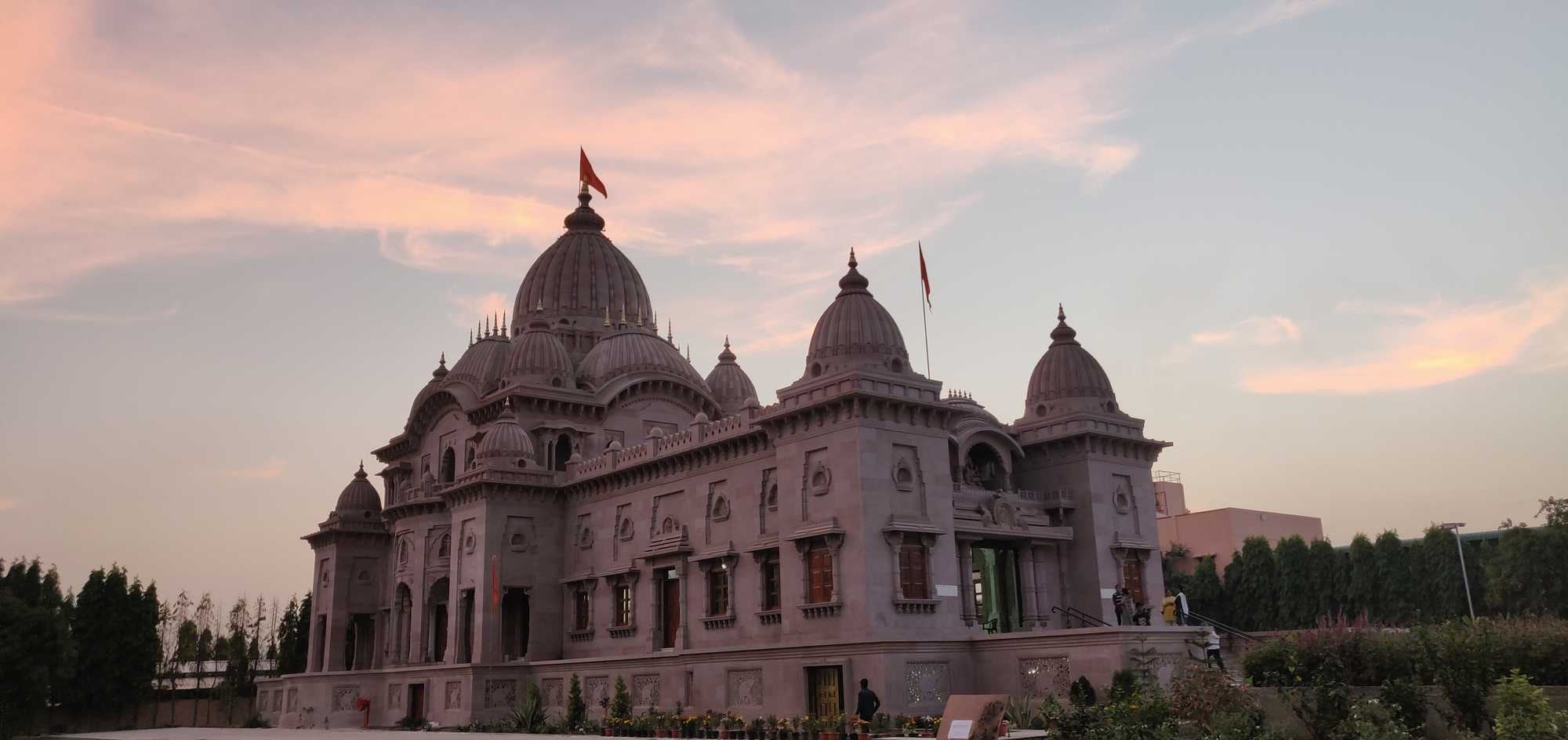The historic city was founded in 1610, on the site of Khirki village by Malik Ambar, the Prime Minister of Murtaza Nizam Shah II. In 1653, Aurangzeb became the viceroy of Deccan, he made the city his capital and named it Aurangabad. The town is associated with the rulers of Delhi and the Deccan and its surroundings are dotted with some Muslim monuments and Buddhist caves. Aurangabad is also famous for its Himroo Shawls, Bidriware, and Aurangabad Silk. It is a convenient base for visiting the world-famous Ajanta and Ellora caves as well as Daulatabad.
 Bibi-ka- Maqbara: This mausoleum of Aurangzeb’s wife is a striking replica of the famous Taj Mahal. It was built in 1679, by Aurangzeb’s son, as a tribute to his mother Begum Rabia Durani.
Bibi-ka- Maqbara: This mausoleum of Aurangzeb’s wife is a striking replica of the famous Taj Mahal. It was built in 1679, by Aurangzeb’s son, as a tribute to his mother Begum Rabia Durani.
Aurangabad Caves: The caves on the outskirts of the town, belong to the Buddhist era and were excavated between the 3rd and 11th century and reflects tantric influences in their iconography and architectural designs. Cave number 3 and 7 are the most interesting among the group.
Panchakki: The 17th-century water-mill was used to grind grain for the pilgrims. It receives a perennial water supply through earthen pipes, which are connected to water springs located in the nearby mountains. Mortal remains of a Sufi saint and spiritual guide of Aurangzeb were buried here in 1624.
Sunehari Mahal or Golden Palace: It is thought to be built by Malik Kafur.
Around Aurangabad
Ajanta (107 kms.)
Ajanta is world-renowned for the rock-cut Buddhist caves, dating from 2nd century BC to 5th century AD. About 30 caves are nestling in a panoramic gorge amidst Sahyadri ranges in the form of a gigantic horseshoe. This treasure house of art and architecture was discovered in 1819, by a group of British officers. Today, Ajanta has been designated as a ‘World Heritage Site’ by UNESC0. The caves were once the retreat of Buddhist monastic orders and comprise of Chaitya halls or shrines dedicated to Lord Buddha and Viharas or monasteries, used by monks for meditation and the study of Buddhist teachings. The frescoes in 5 caves and some of the sculptures are considered to be among the greatest achievements of Indian artists. The nearest convenient railhead for Ajanta is at Jalgaon (58 kms.).
Daulatabad (13 kms.)
The huge hilltop fort here has been described as ‘the most impregnable fort ever fort ever constructed’. It was earlier known as Devgiri and is said to be constructed by the Yadava Kings in 1338. There are several historical antiquities within the fort
 Ellora (30 kms.)
Ellora (30 kms.)
The rock-cut cave temples of Ellora nestles amidst the Chandragiri hills and have been designated as World Heritage Site by UNESCO. In all, there are 34 cave temples, 12 Mahayana Buddhist caves (600 875 A.D.), 5 caves of Jain faith (800 1000 A.D.), and 22 caves dedicated to Lord Shiva, which were recently discovered. The caves were excavated between the 5th and 11th centuries and are adorned with splendid sculptures. The Kailasa temple (cave 16) has been hewn out of a single rock and is considered to be the most gigantic monolithic rock-cut temple in the world.
Ghrishneshwar: The sacred site is just half a kilometer from Ellora and enshrines one of the 12Jyotirlingas of Lord Shiva.
Khuldabad: It is the Karbala town or holy shrine of Deccan Muslims. Mughal emperor Aurangzeb was buried here.
Paithan (56 kms.)
The pilgrim site on the banks of the river Godavari is the birthplace of the Marathi poet-saint, Eknath. Several temples dot this pilgrim center. The Dnyaneshwar Udyan located nearby is laid out on the lines of Mysore’s Vrindavan Gardens and is perhaps the largest garden of Maharashtra. The town is also famous for zari work sarees, known as Paithanis.
Pitalkhora Caves (78 kms.)
The 13 rock-cut caves at Satmala ranges were excavated between the 2nd century B.C. and 5th century A.D. and are said to be the oldest cave temples in India.

